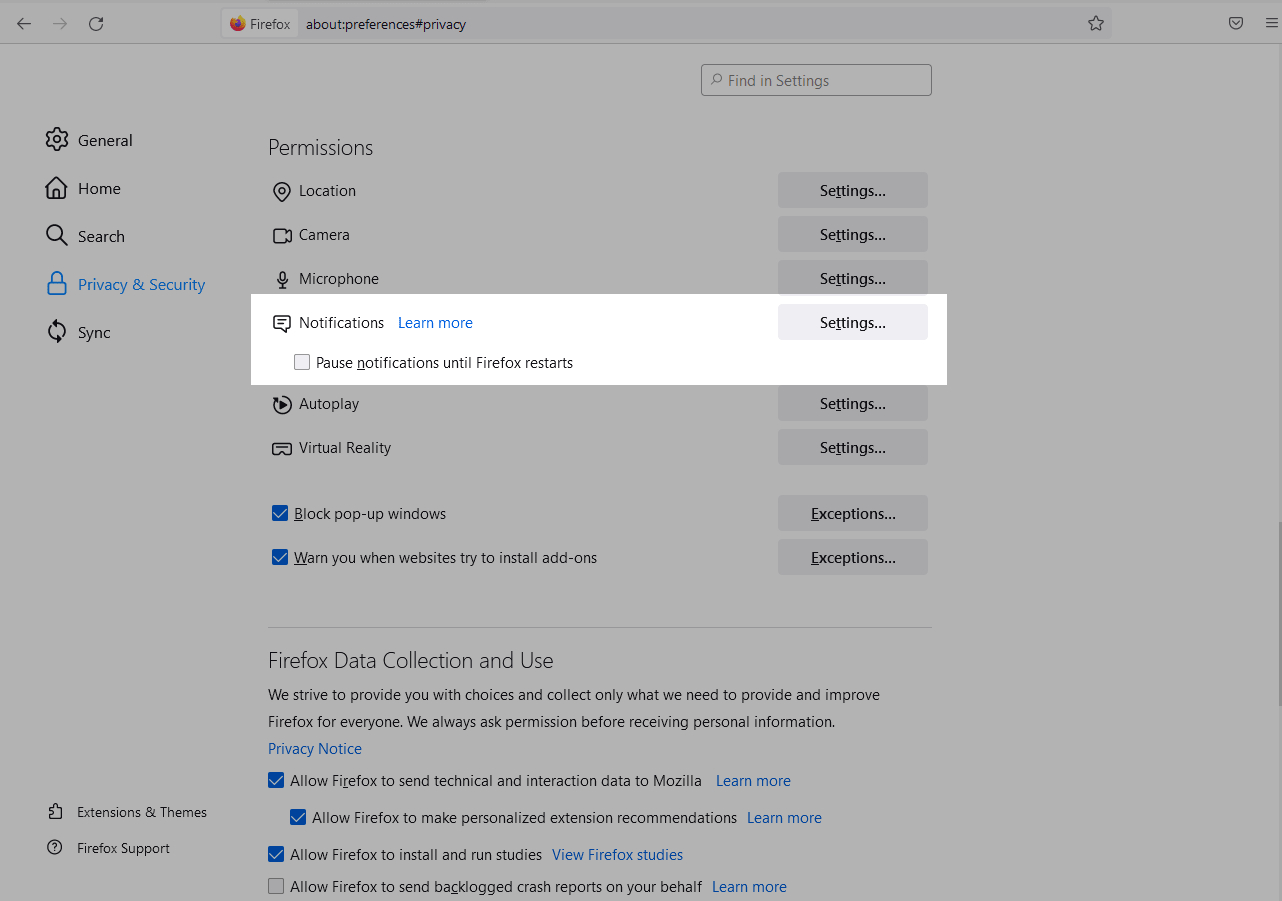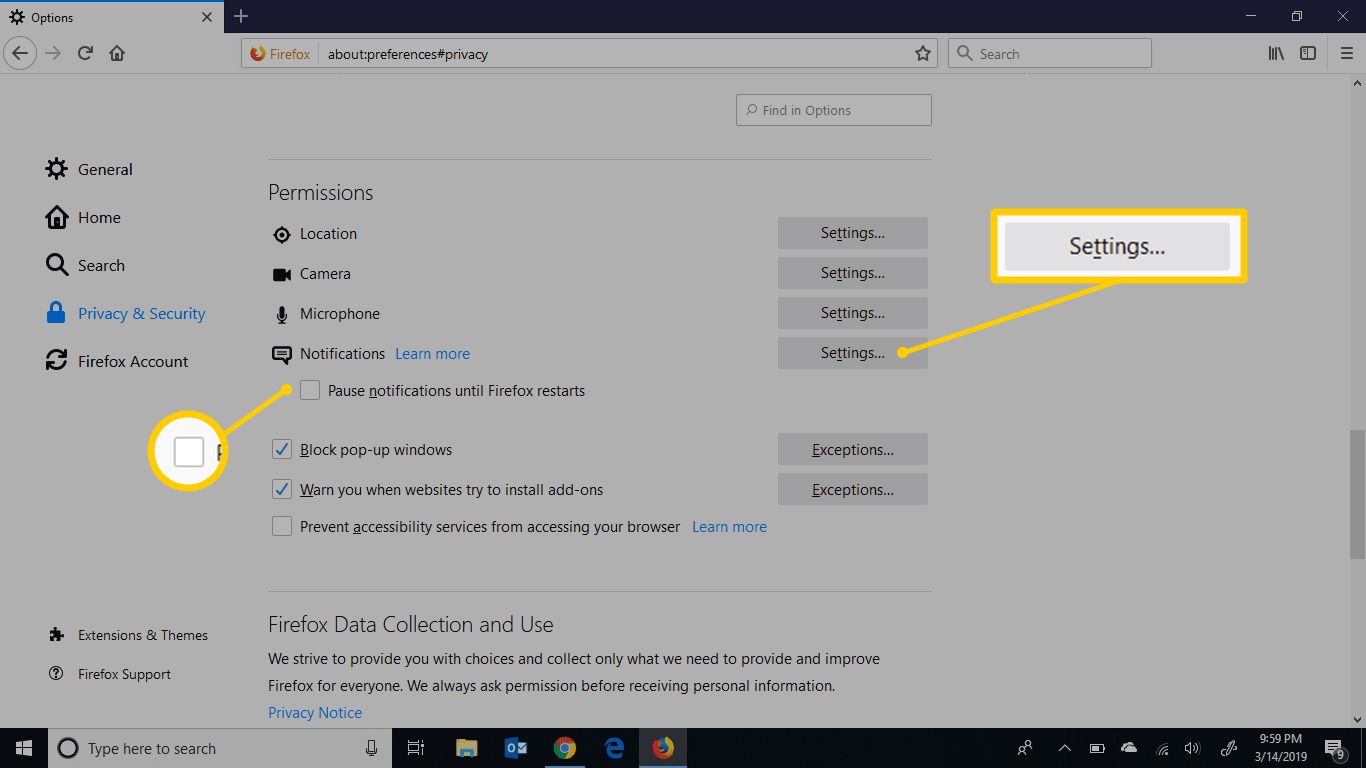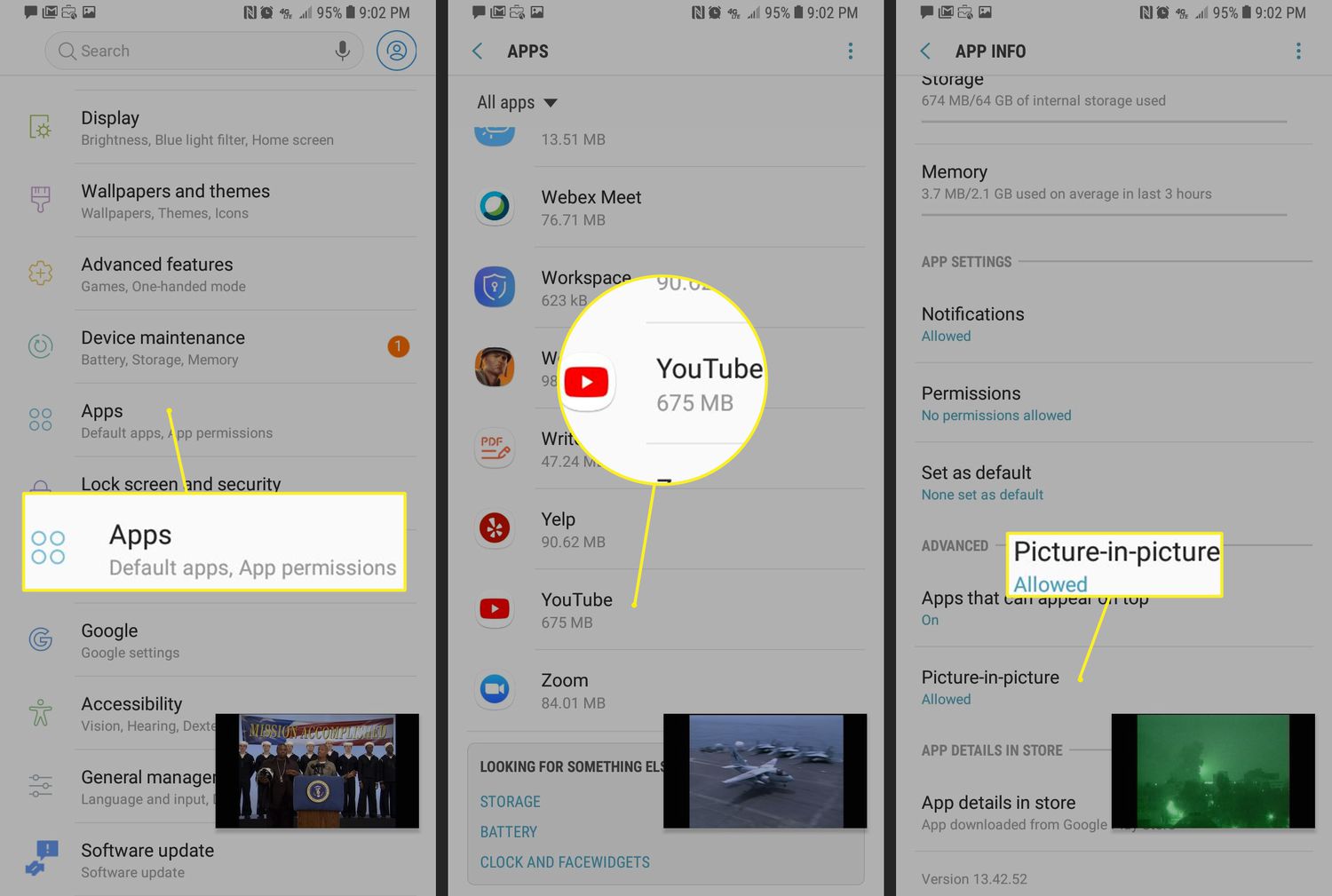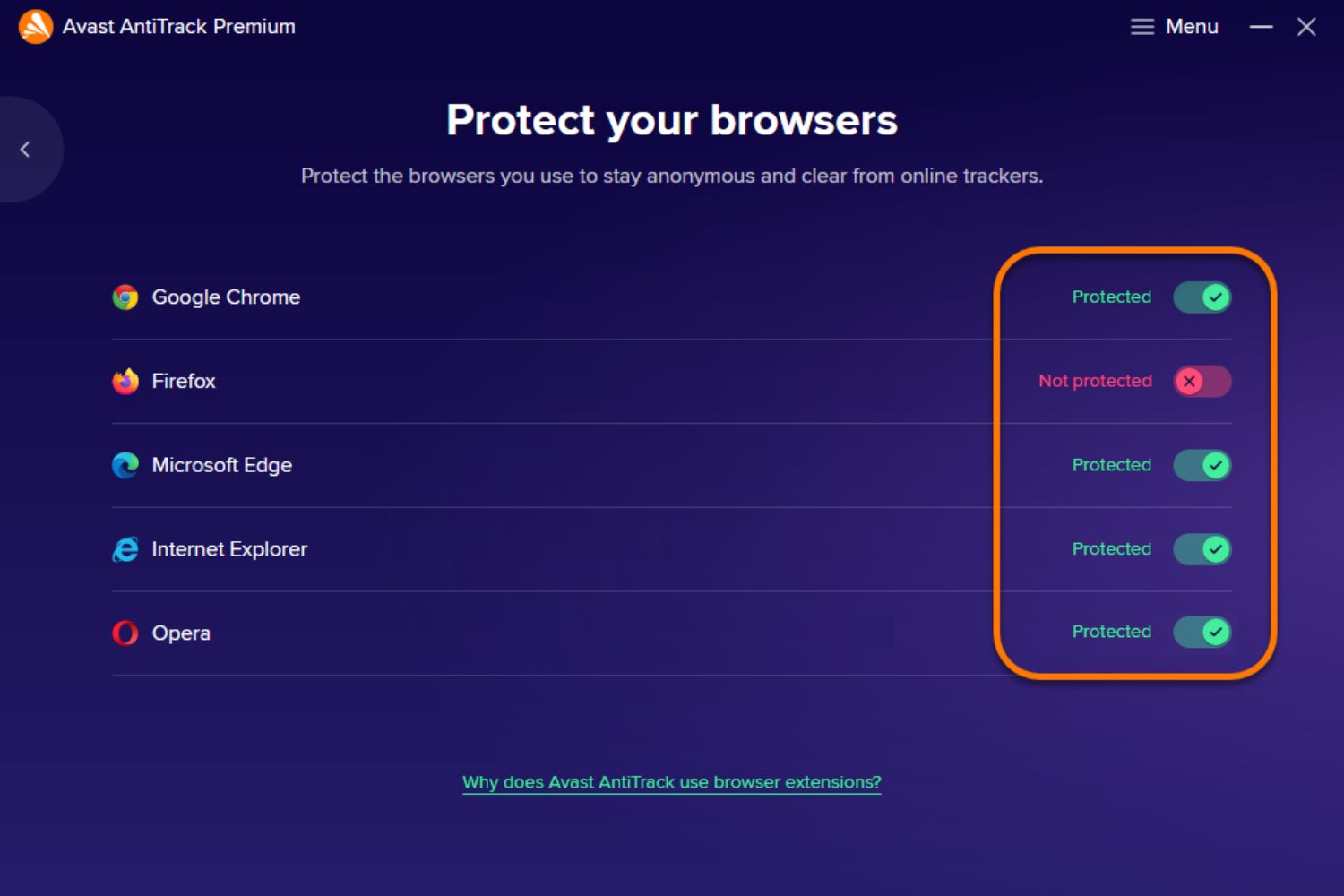Introduction
Notifications can be a double-edged sword. While they keep us informed and connected, they can also become overwhelming and intrusive, disrupting our focus and productivity. If you're a Firefox user, you might have experienced the frustration of constant pop-ups and alerts vying for your attention. Fortunately, there are several methods to regain control and turn off notifications in Firefox, allowing you to customize your browsing experience according to your preferences.
In this article, we will explore three effective methods to help you manage and disable notifications in Firefox. Whether you're tired of incessant website prompts, push notifications, or desktop alerts, these methods will empower you to tailor your browsing environment to suit your needs. From leveraging Firefox's built-in settings to utilizing add-ons and Windows settings, you'll discover a range of options to curate a more peaceful and distraction-free online experience.
By following the step-by-step instructions provided in this article, you can reclaim your browsing autonomy and bid farewell to the incessant barrage of notifications. Whether you're seeking a temporary respite from distractions or a permanent solution to streamline your browsing experience, these methods offer flexibility and control. So, without further ado, let's delve into the various approaches to turn off notifications in Firefox and take charge of your online interactions.
Method 1: Using Firefox Settings
One of the most straightforward ways to manage notifications in Firefox is by utilizing the browser's native settings. This method allows you to customize your notification preferences directly within Firefox, providing a convenient and integrated solution to control the influx of alerts.
To begin, open your Firefox browser and navigate to the menu icon located in the upper-right corner. Click on the menu icon to reveal a dropdown list of options. From the menu, select "Options" to access the settings panel.
Within the settings panel, locate and click on the "Privacy & Security" tab. This section houses various privacy and security-related preferences, including notification settings. Scroll down to find the "Permissions" section, where you will see the "Notifications" option.
Click on the "Settings" button next to the Notifications option to customize your notification preferences. Here, you can manage which websites are allowed to send you notifications and modify existing permissions. You also have the option to block all notifications by unchecking the box next to "Block new requests asking to allow notifications."
Furthermore, Firefox provides the flexibility to manage individual website permissions. If there are specific websites from which you no longer wish to receive notifications, you can remove their permissions by clicking on the "Remove Website" button next to the respective site.
Once you have adjusted your notification settings according to your preferences, simply close the settings panel, and your changes will be automatically saved. By leveraging Firefox's built-in settings, you can effectively tailor your notification experience to align with your browsing habits and minimize distractions.
By utilizing the native notification settings within Firefox, you can streamline your browsing experience and regain control over the influx of notifications. Whether you prefer to block all notifications or selectively manage permissions for specific websites, Firefox's intuitive settings empower you to curate a personalized and distraction-free browsing environment.
In the next section, we will explore an alternative method to manage notifications in Firefox by utilizing add-ons, offering additional customization options to enhance your browsing experience.
Method 2: Using Add-ons
In addition to Firefox's native settings, another effective approach to managing notifications is by leveraging add-ons, which are extensions that offer enhanced functionality and customization options. By integrating add-ons into your Firefox browser, you can gain access to a diverse range of tools designed to optimize your browsing experience, including the ability to control and disable notifications.
To begin, open your Firefox browser and navigate to the menu icon located in the upper-right corner. From the dropdown menu, select "Add-ons" to access the Add-ons Manager. Here, you can explore and install various add-ons tailored to notification management.
One popular add-on for controlling notifications is "Disable HTML5 Autoplay." This add-on empowers users to block autoplaying media, including videos with sound, which can be a significant source of intrusive notifications. By preventing autoplaying media, you can minimize unexpected audio interruptions and regain control over your browsing environment.
Another valuable add-on is "uBlock Origin," a powerful ad blocker that not only filters out unwanted advertisements but also provides advanced customization options for managing notifications. With uBlock Origin, you can selectively block notification prompts from specific websites, allowing you to tailor your notification preferences with precision.
Additionally, the "I Don't Care About Cookies" add-on offers a convenient solution to dismiss cookie consent notifications that often inundate users when visiting websites. By automatically handling cookie notifications, this add-on streamlines the browsing experience by reducing unnecessary interruptions, thereby contributing to a more seamless and distraction-free interaction with websites.
Furthermore, the "Simple Tab Groups" add-on enables users to organize and manage their tabs efficiently, contributing to a clutter-free browsing experience. By grouping related tabs and decluttering your browser interface, you can minimize visual distractions and maintain a focused browsing environment.
By incorporating these add-ons and exploring the diverse array of notification management tools available, you can customize your Firefox browser to align with your preferences and minimize disruptive notifications. Whether you seek to block autoplaying media, manage cookie consent notifications, or streamline tab organization, add-ons offer a versatile and customizable solution to enhance your browsing experience.
In the subsequent section, we will delve into an alternative method to manage notifications by leveraging Windows settings, providing additional flexibility for users seeking to fine-tune their notification preferences.
Method 3: Using Windows Settings
In addition to managing notifications within the Firefox browser, users can also leverage Windows settings to further customize their notification preferences. By tapping into the notification settings at the operating system level, individuals can gain additional flexibility and control over the alerts and pop-ups that manifest across their desktop environment.
To begin, navigate to the Windows Settings menu by clicking on the Start button and selecting the gear-shaped icon, which represents the Settings app. Once the Settings app is open, locate and click on the "System" option, which houses a range of configuration settings related to the display, notifications, and power management.
Within the System settings, select the "Notifications & actions" tab from the sidebar. This section provides a comprehensive overview of notification-related preferences, allowing users to tailor their notification experience across various applications and system functions.
Under the Notifications & actions tab, users have the ability to toggle the master switch to enable or disable all notifications across the Windows operating system. By deactivating this option, individuals can temporarily silence all notifications, providing a moment of respite from the influx of alerts and pop-ups.
Furthermore, users can customize notification settings on a per-application basis, granting granular control over which apps are permitted to display notifications. By scrolling down to the "Get notifications from these senders" section, users can manage the notification permissions for each installed application, allowing for a personalized and tailored notification experience.
In addition to managing app-specific notifications, Windows settings also offer the option to prioritize notifications by configuring the notification display duration and determining whether notifications are displayed on the lock screen. These customization options empower users to curate a seamless and unobtrusive notification experience that aligns with their preferences and workflow.
By leveraging Windows settings to manage notifications, users can extend their control beyond the confines of the Firefox browser, gaining the ability to fine-tune their notification preferences at the operating system level. Whether seeking a temporary reprieve from notifications or aiming to streamline the overall notification experience, Windows settings provide a versatile and comprehensive solution to customize and manage alerts across the desktop environment.
Incorporating these diverse methods to manage notifications in Firefox, users can navigate a range of options to tailor their browsing experience, minimize distractions, and regain control over their online interactions. Whether utilizing Firefox's native settings, integrating add-ons, or leveraging Windows settings, individuals can curate a personalized and distraction-free browsing environment that aligns with their unique preferences and workflow.

























